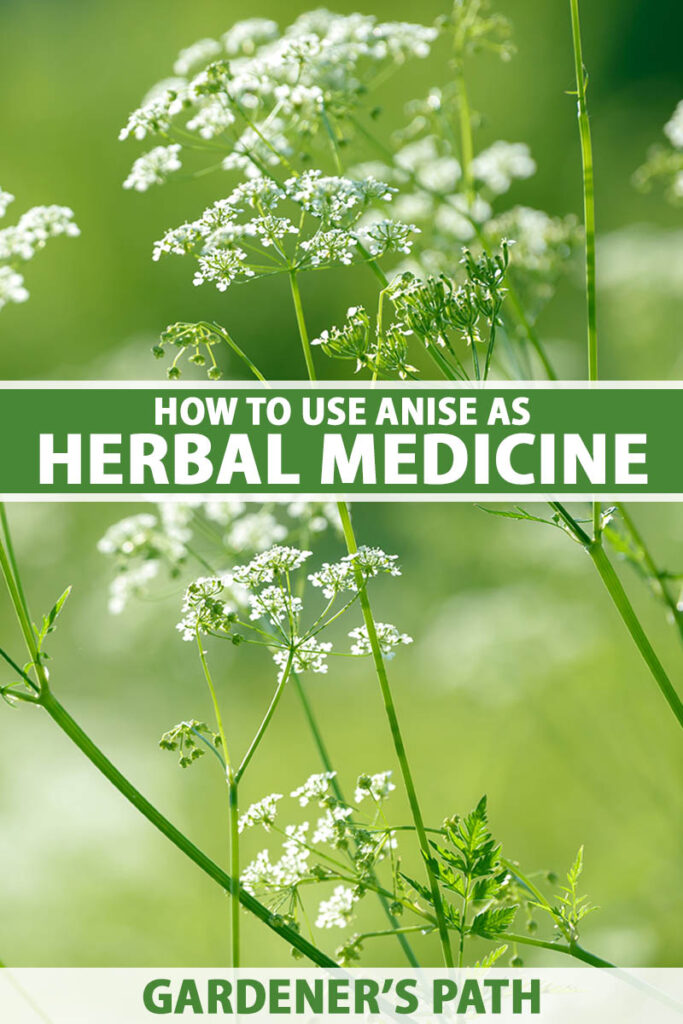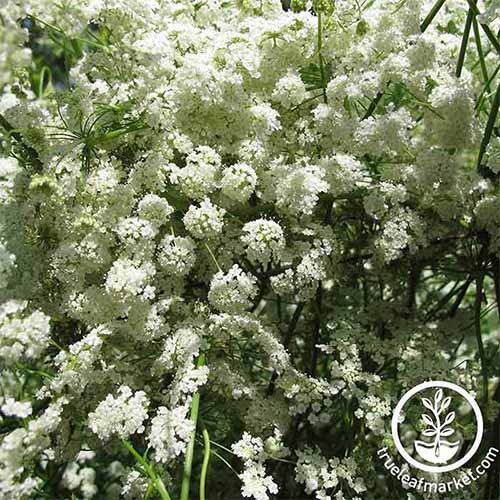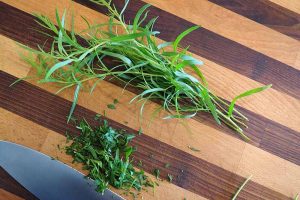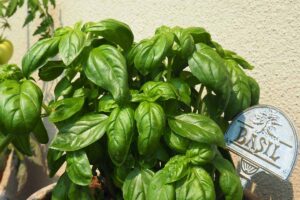One of the oldest medicinal plants used by people, anise (Pimpinella anisum) is a powerhouse of therapeutic uses.
Belonging to the Apiaceae family, it turns out that anise is not only a pretty face in the garden, but versatile in its herbal benefits too.
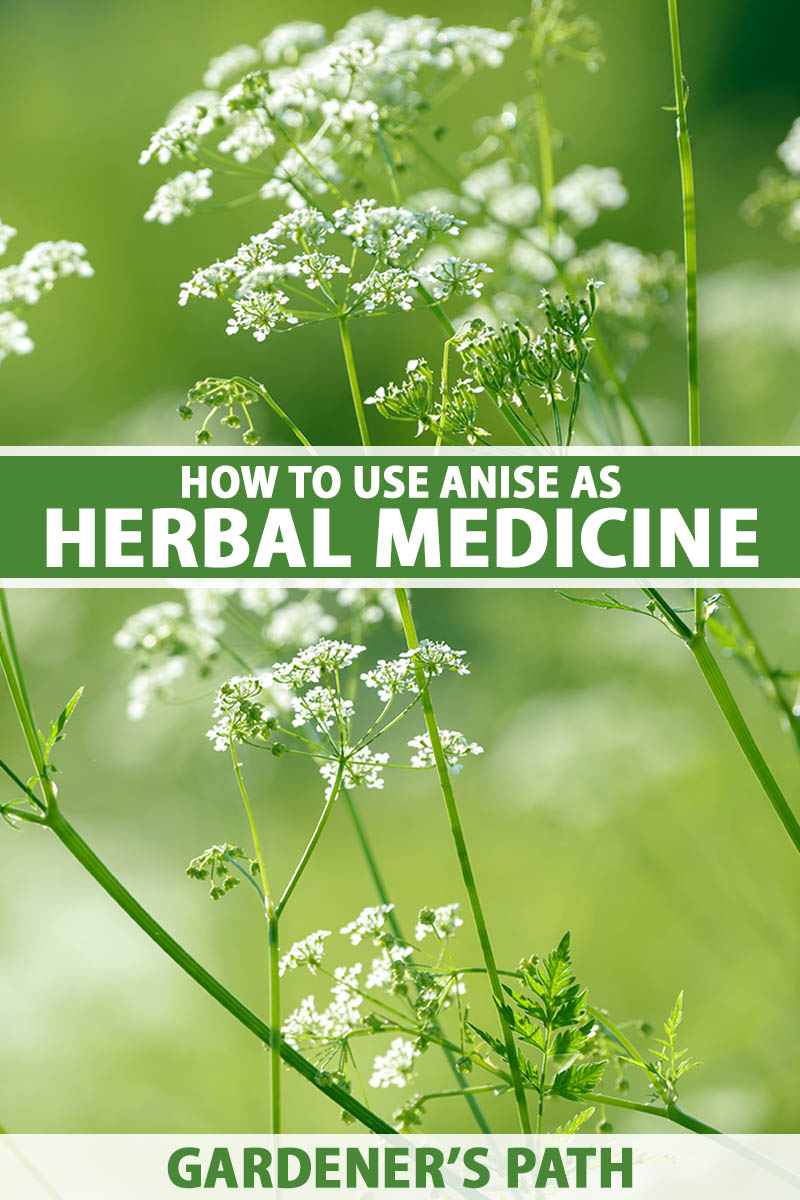
We link to vendors to help you find relevant products. If you buy from one of our links, we may earn a commission.
Many know this superstar herb is handy in the kitchen thanks to its licorice-like taste when added to foods, but it has more to offer us beyond its aromatic flavor.
Commonly known as anise seed but often confused with star anise (Illicium verum) and anise hyssop (Agastache foeniculum), it has been used for centuries and is known for its amazing health-promoting properties.
P. anisum has earned its reputation for helping a wide array of ailments.
Let us dive in to discover some interesting facts about this herb, and maybe you’ll find ways you would like to use it at home to assist with your medicinal needs.
What You’ll Learn
Anise Cultivation and Historical Medicinal Use
Anise is said to be native to western Asia, Egypt, and the Mediterranean region. It was first cultivated in Egypt and later in Greece, the Middle East, and Rome.
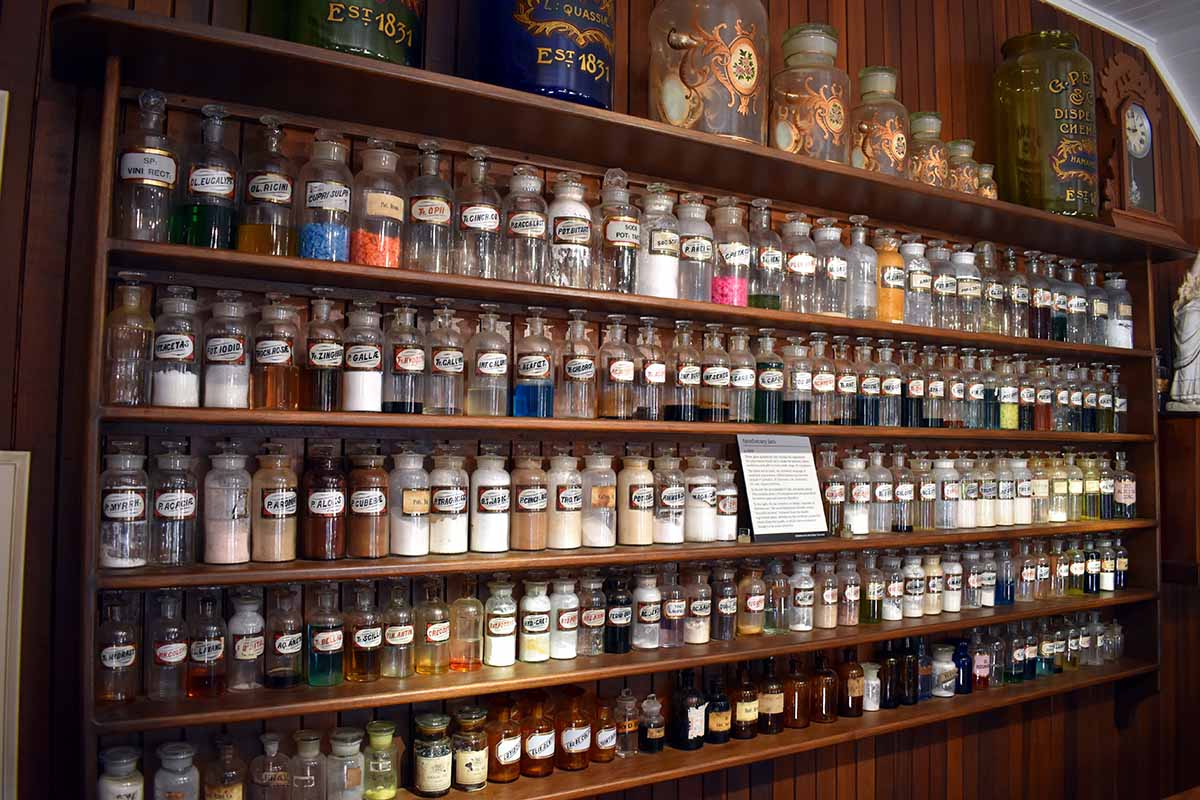
Today, anise is grown at home and cultivated for commercial sale worldwide in places such as southern Europe, the Middle East, southern Russia, Africa, China, Chile, Mexico, India, Pakistan, and in USDA Hardiness Zones 4 to 11 in the United States.
In the first century BCE, the Roman Empire played its part in making the trade of this herb possible by constructing a center for trade in Alexandria, Egypt that regulated all of the spices that arrived in the Greco-Roman region.
This trade included a network of land and sea routes that spread into Persia, Arabia, India, and China through what was known as the Silk Road.
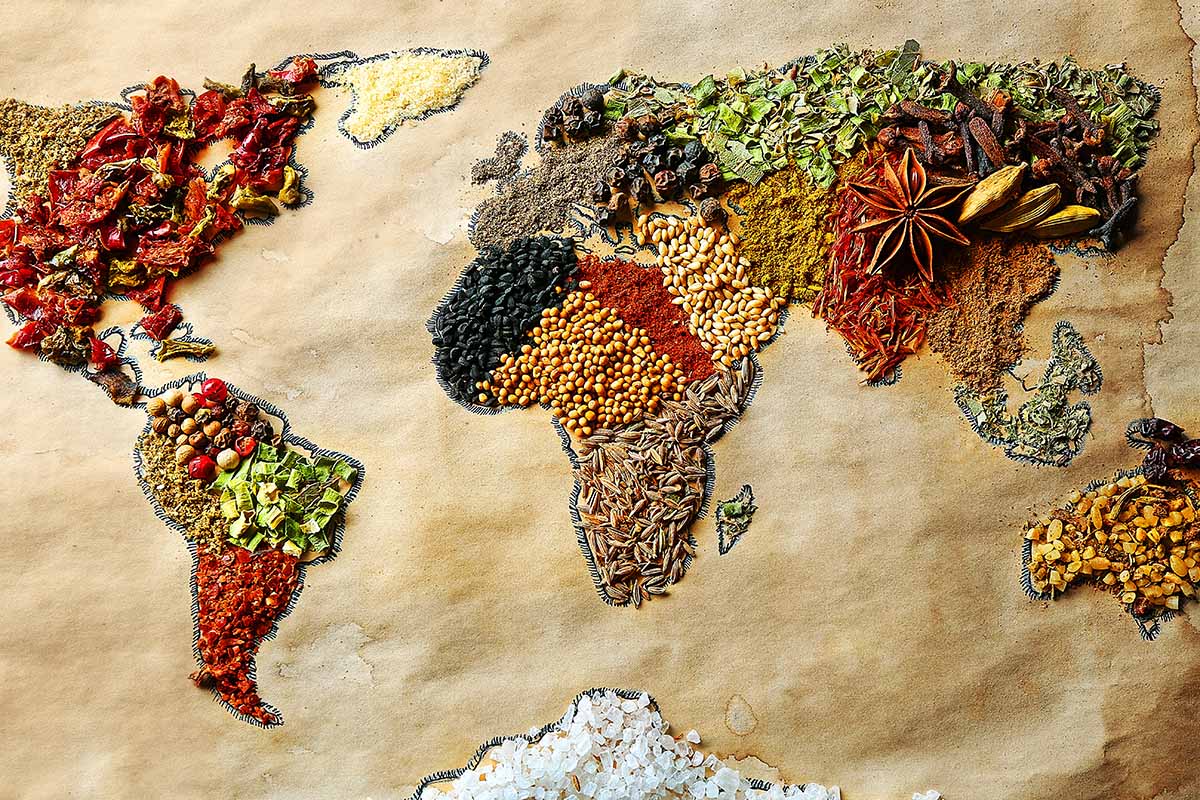
Historically, anise has been used for thousands of years for its medicinal benefits.
One of our earliest accounts would be the “Ebers Papyrus,“ an ancient Egyptian medical text dating back to around 1550 BCE.
Interested in reading it yourself? A translation by Cyril P. Bryan is available on Amazon.
This text mentions using anise for various purposes, including as a breath freshener, diuretic, and digestive aid. Sounds like the perfect herb that could have been used after all that junk food, on that one Saturday movie night binge I know we’ve all had…
The Romans even served what they called spiced cakes that contained anise, at the end of their “entertainment” events, to avoid flatulence and indigestion.
You could say they knew how to throw a party. Anise even earned the Latin moniker “Solamen intestinorum,” a fine name which translates to “comforter of the bowels” in English.
In these writings, mixing anise with other herbs is also described to assist with various ailments, like colds and coughs. But it was mainly known as a traditional medicine for treating abdominal and dental diseases.
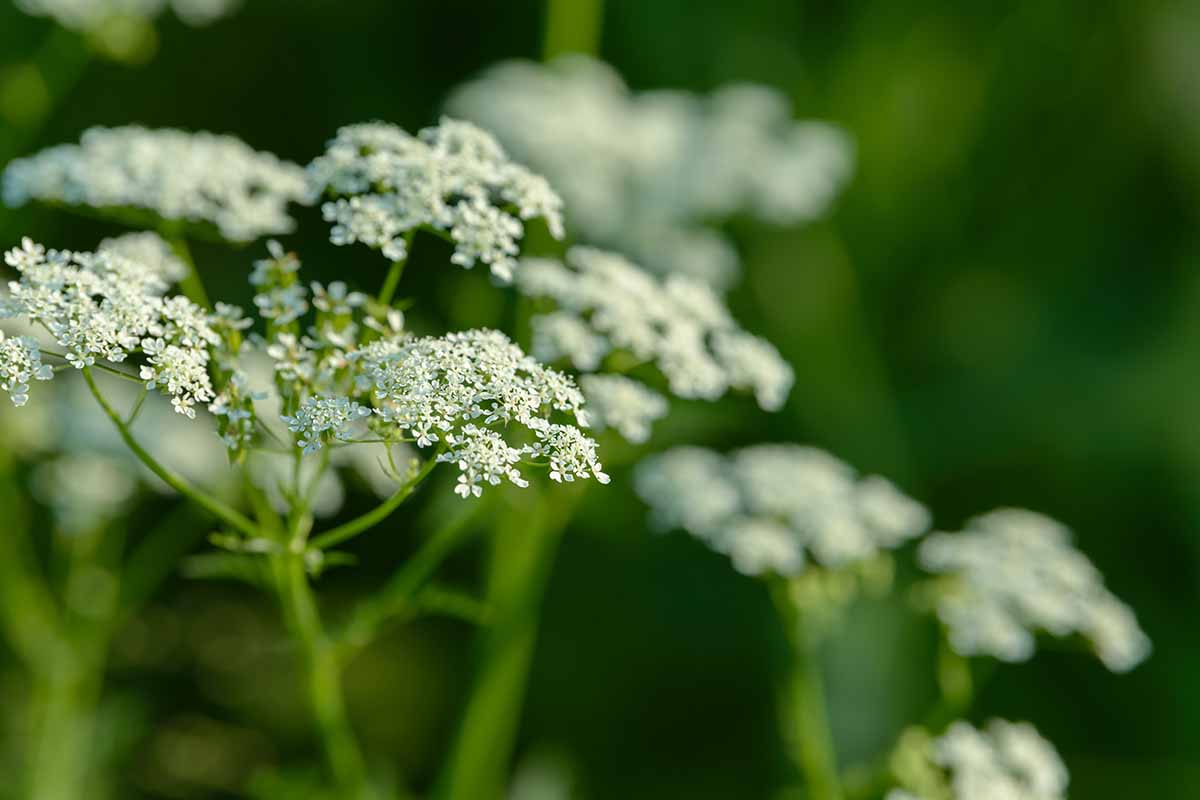
P. anisum is also mentioned in the New Testament: “Woe unto you scribes and Pharisees, hypocrites! For ye pay tithe of mint and anise and cumin, and have omitted the weightier matters of the law, judgment, mercy, and faith (Matt. 23:23).”
Now that sounds like a big deal!
A Roman generalist named Pliny the Elder, who lived during the first century of the Common Era, reported anise mixed with wine was used by the Egyptians to treat snake bites.
Another mixture of anise, linseed, cucumber seeds, and white wine was mixed to eliminate childbirth-related vertigo. And Pliny stated that P. anisum was an aphrodisiac, relieved thirst, and promoted perspiration when mixed with wine.
In the Middle Ages, it was used to treat a range of disorders such as liver, kidney, and gallbladder issues, hiccups, and epilepsy in children.
John Gerard, an English herbalist and author of “The Gerarde Herbal,“ also available on Amazon, had some of the same findings, such as anise reducing and preventing belching and being great for acid reflux, sweetening the breath, and quenching thirst.
When mixed with honey, it was said to clean excess phlegm from the chest. Eaten with bitter almonds, it was used to relieve coughs, and it could be used as a gargle mixed with honey, vinegar, and hyssop.
Anise was also used historically to expel intestinal parasites, assist with vertigo, increase milk supply in nursing mothers, and combat nausea.
During the American Civil War, it was used as an antiseptic and to treat lice.
Beyond the herb’s traditional medicinal usage, it was also used in cosmetics and all things culinary. And let’s not forget the anise love that influenced ideas for flavoring liquor.
Modern Medicinal Uses for Anise
The leaves and seeds are used in cooking, and the dried seeds are the part of the plant used medicinally, made into specific herbal preparations that can be used internally or topically.
A Note of Caution:
Anise is commonly consumed in food in moderate amounts and is generally regarded as safe.
Avoid use if allergic to plants in the Apiaceae family (parsley, fennel, caraway, dill, celery).
This herb may act like estrogen in the body; do not use if you have a hormone-sensitive condition, or if you are pregnant or breastfeeding, as there is little documented information available regarding safety.
Additionally, it may interact with certain medications, potentially increasing or decreasing their effects.
It may lower blood sugar levels and can potentially interfere with surgery before and after.
Speak to your healthcare provider before consuming anise medicinally as an herbal remedy.
The seeds, which are actually small fruits, are known to have many potential herbal effects in modern use.
These include analgesic, anticonvulsant, antifungal, antimicrobial, antioxidant, antidepressant, anti-anxiety, antispasmodic, antiviral, aromatic, carminative, disinfectant, pectoral, tonic, diuretic, emollient, expectorant, sedative, digestive, anthelmintic, anti-inflammatory, and galactagogue applications.
See our guide to medicinal herbs and their uses for more information about what these terms mean. (coming soon!)
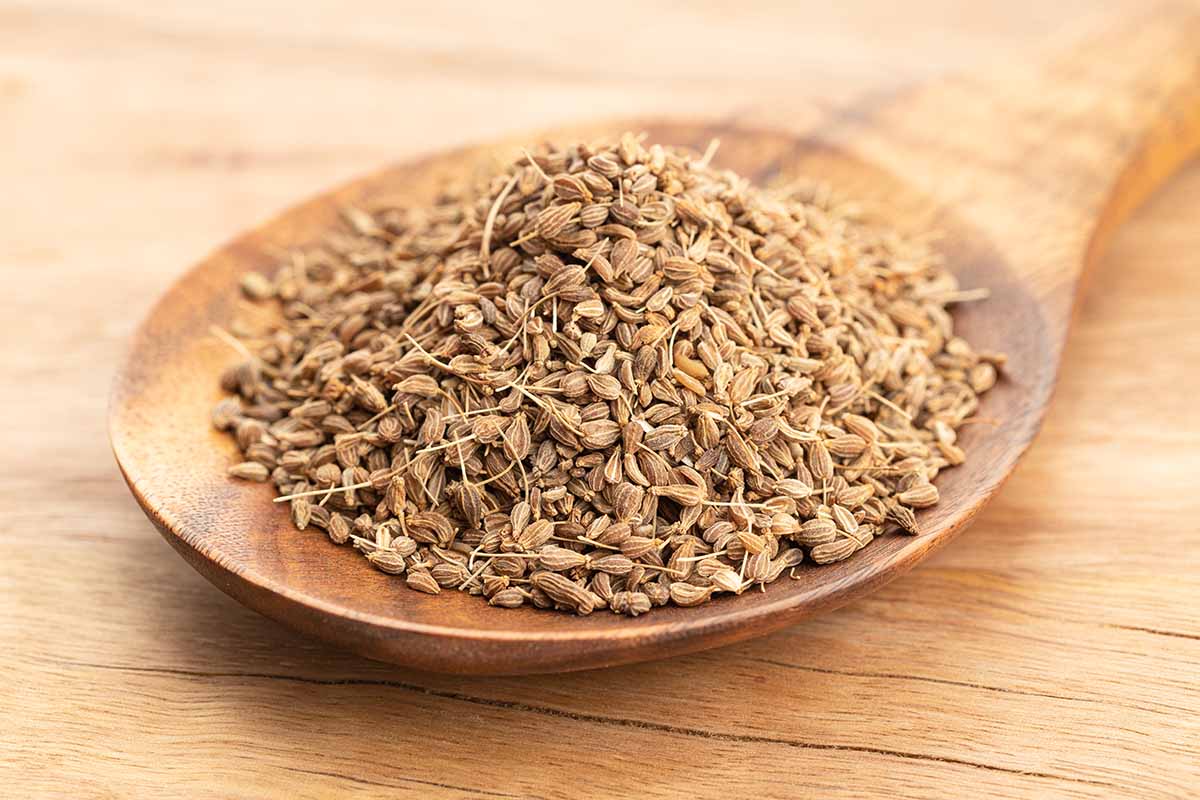
Today, people may use anise for treating and alleviating digestion, stomach-related ailments, sleep disorders, respiratory ailments, liver and gall bladder ailments, sore throat, skin disorders, immune system issues, neurological disorders, headaches, hormonal balance, milk production, and anxiety, to name a few.
And it may also be used as a mosquito repellant!
The seeds are excellent copper, potassium, zinc, manganese, iron, calcium, and magnesium sources.
Though it is important to keep in mind, as with all herbs, that they are to be consumed in moderation and should not be relied on alone as a key source of vitamins and minerals.
Next up, let’s talk about how you can use anise to make your own remedies in various preparations.
Tea
To prepare a tea, you will need one teaspoon of dried P. anisum seeds and one cup of boiling purified water.
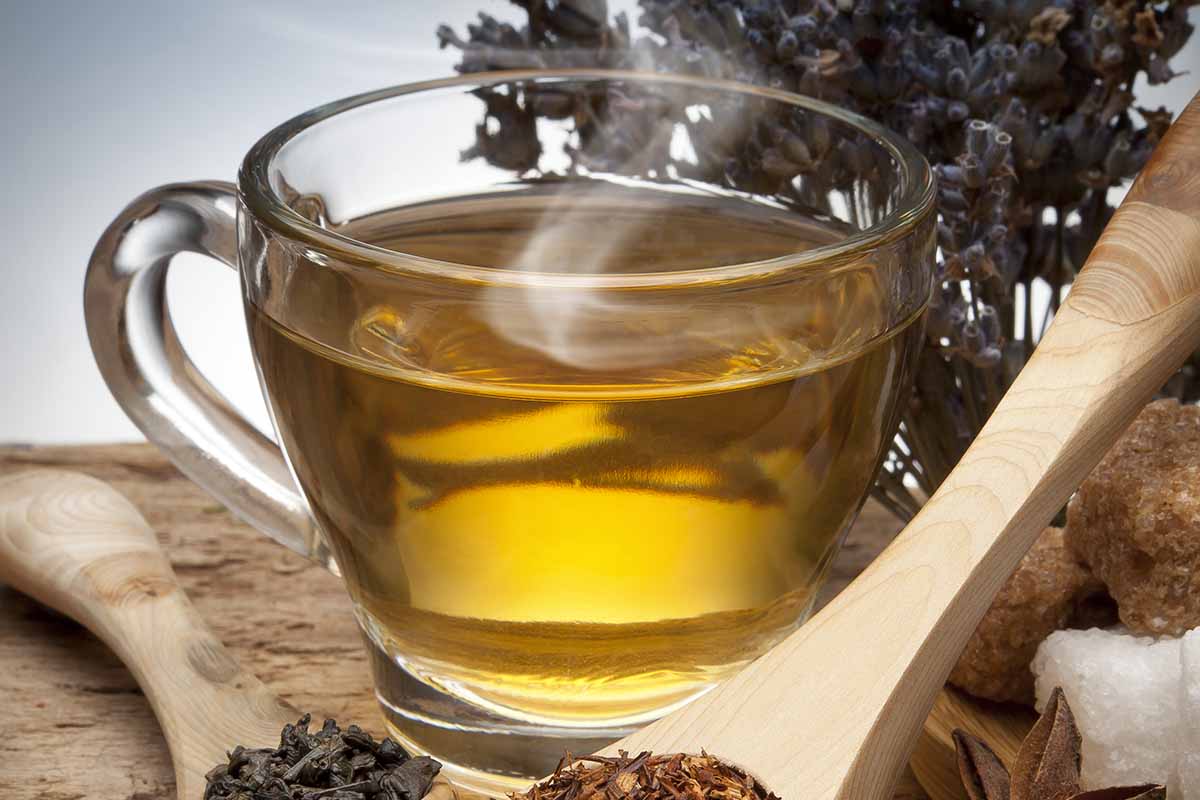
Place your seeds into a ceramic or glass teapot. I have not gotten the chance to use a fancy glass teapot myself, but when I do, I will make sure to drink my anise tea with one pinky up, maybe two.
Don’t worry if you don’t have this – you can use an ordinary pot for boiling in.
You want to use crushed seeds to allow the release of volatile oils. You can also use ground anise seeds in the form of a powder. Cover the pot and allow the herbs to steep in the boiling water for five to 10 minutes.
Strain the tea, and enjoy! It’s best to use it immediately. Some herbal practitioners recommend drinking one cup up to three times daily.
There is a debate in the herbal community about whether to use boiling or just hot water in the steeping process.
Some sources suggest boiling water can destroy certain beneficial compounds, while other sources say it is necessary to extract the full flavor and benefits of the seeds.
You could say it is a full-blown herbal war, and you can only break this tie when you choose your own personal preference.
Infusion
An infusion is a stronger version of tea. Infusions will extract more of the active constituents within the liquid. Think of it as a more powerful extracting process.
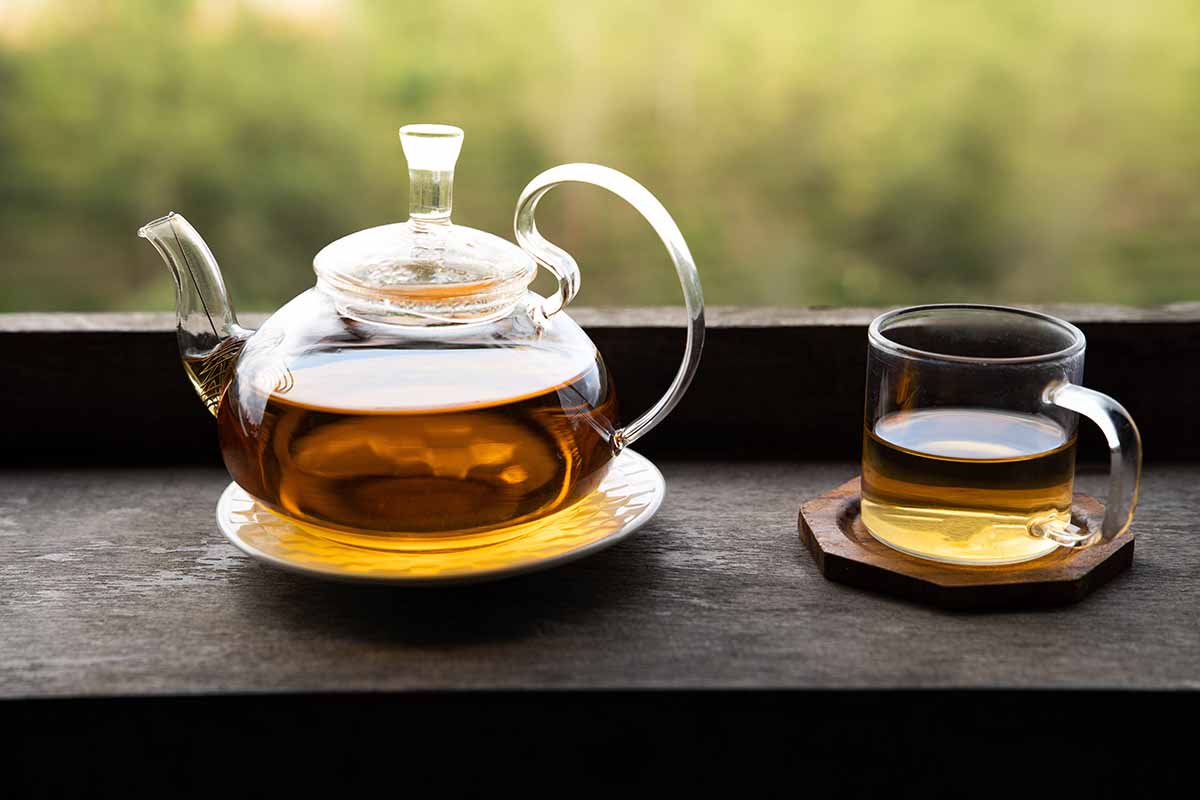
For this recipe, you will need one ounce of dried P. anisum seeds and one pint of purified water.
Place your seeds into your ceramic or glass teapot; an electric kettle or kettle on the stove will also work. Bring your water to a boil and cover your pot.
You will let this infusion steep for 10 to 30 minutes. Strain your infusion and enjoy.
Even though infusions are intended for immediate use, you can save them for later and place them in your refrigerator for a maximum of 24 hours after cooling to room temperature.
Tincture
Tinctures involve an even more robust extraction process. Tinctures extract the herb’s chemical constituents using alcohol, vinegar, or vegetable glycerin.
Alcohol is the most effective and most commonly used for this herbal preparation, specifically ethyl alcohol, the type that is used in making vodka.
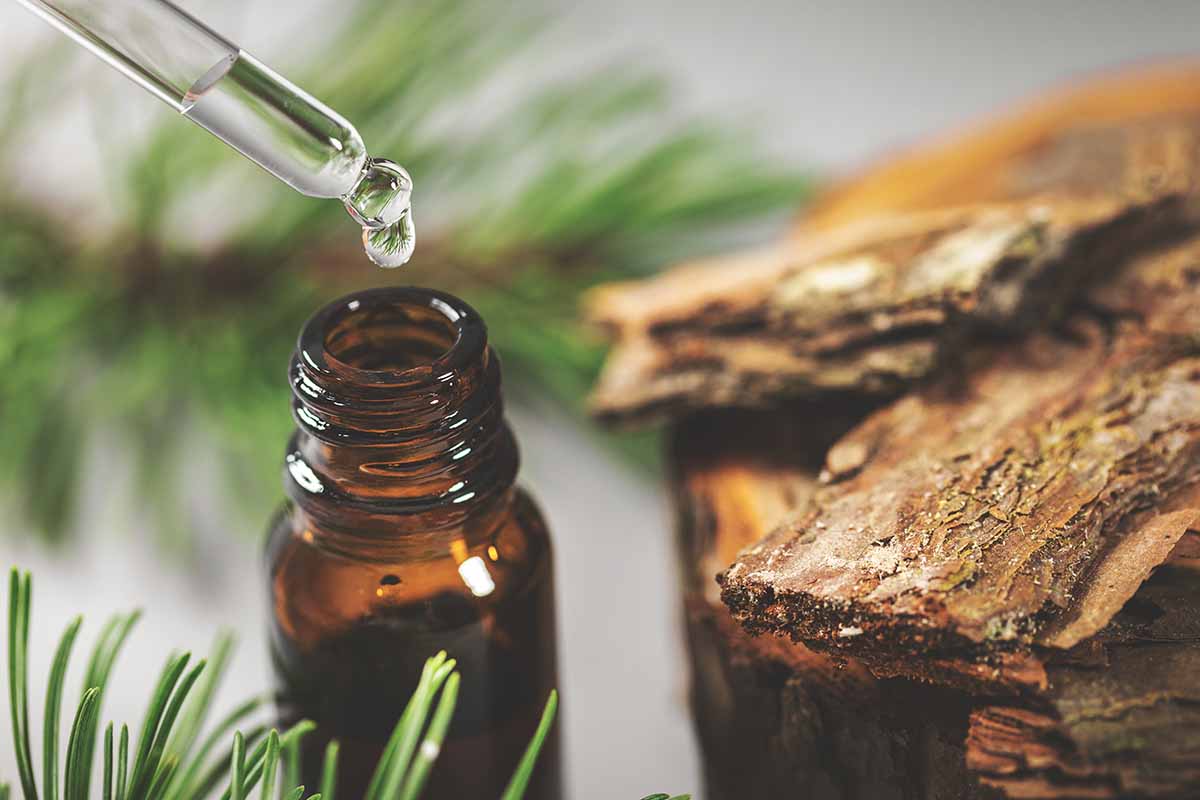
It is recommended that you use 90-proof alcohol for this process.
For this recipe, you will need one ounce of anise seeds and one pint of alcohol, or even apple cider vinegar. You will start by mixing your seeds with the alcohol or vinegar in a glass jar.
Ensure your glass jar has a tight-fitting lid, like a preserving or canning jar.
Keep this tincture jar closed tightly and in a warm spot, but not in the sun, for approximately two weeks. You will want to shake your jar two to three times daily.
After two weeks, strain your tincture through muslin, cheesecloth, a coffee filter, or a pharmaceutical filter.
It is okay if you need to strain more than once to remove all of the solids from the liquid. Make sure you remove all of the solids, as any that remain can lead to spoilage and mold.
Many herbalists recommend using 20 to 40 drops three times daily. Dilute these drops in approximately one-quarter cup of water to drink.
Or drink the recommended amount straight if you just really like vodka that much. I’ll promise not to judge.
Infused Oil
There are different ways to make infused oil. There is what we call the “I’m tired” method, and then there’s the long way. I have done both, the tired one a teeny bit more.
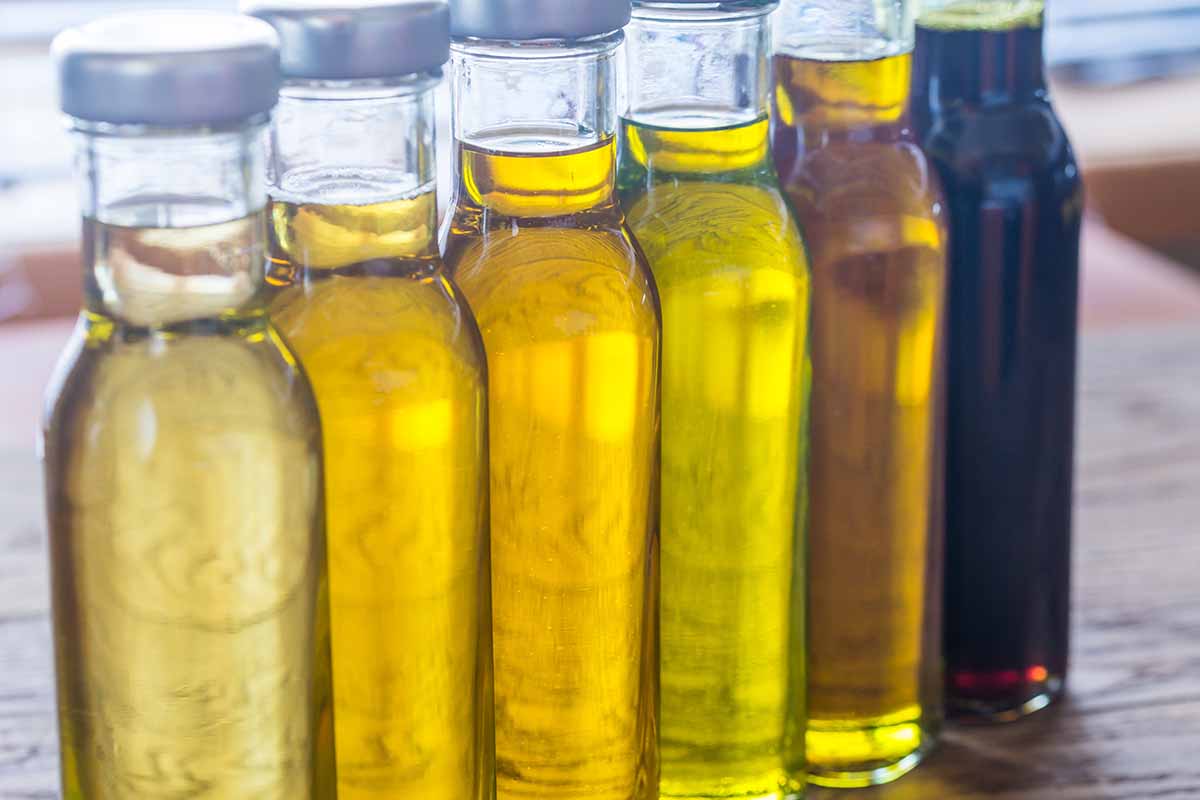
For the quick way, you will need a double boiler, canning jar, carrier oil of your choice, and dried anise seeds. A stainless-steel double boiler will do the job.
With this recipe, we will talk in parts and ratios. You will use one part herb to five parts oil. An example of this would be one ounce of dried seeds to five fluid ounces of oil.
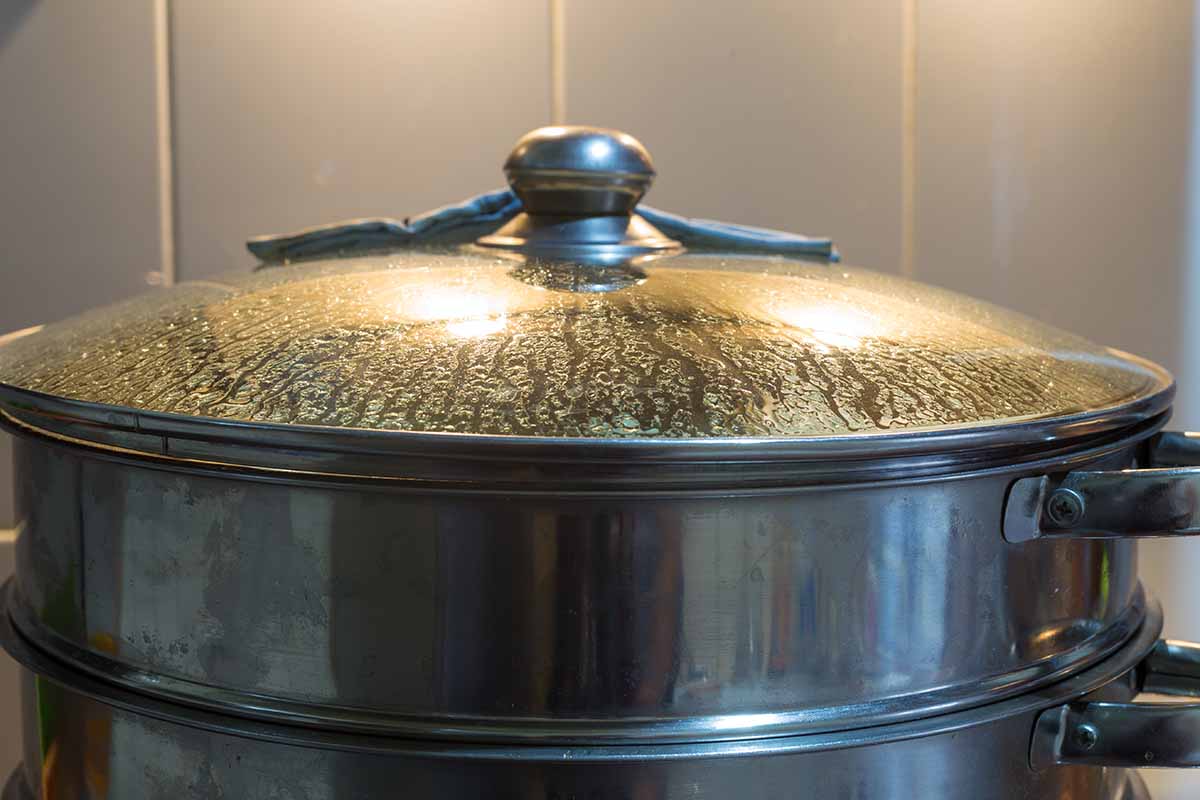
Since the constituents we want to extract using this method are oil-soluble, we can use any type of fat.
You can use any carrier oil, from the most common olive, coconut, and grapeseed oils to less common oils and plant butters like cupuacu and mango.
Place the anise in the double boiler and cover it with oil. You will cover and allow it to simmer gently for approximately two to three hours, checking frequently to ensure your oil is not overheating.
The lower your heat settings are, and the longer the infusion time you allow, the better your oil will be in quality. When it cools down, strain it and bottle it.
Remember to store it in a cool, dark place. You should keep it away from heat and light. In most cases, the shelf life is six to 12 months, but some oils can last up to five years.
You can always add a preservative like vitamin E to extend the shelf life up to two years. If adding vitamin E or using certain types of carrier oils, you don’t want to use this internally.
For the long way, you will place your dried seed and oil into a canning jar and allow it to sit for two to four weeks in a cool, dark place.
You can also store this infusion on a sunny, warm windowsill and let the sun do its work. Some herbalists love sun infusions and some not so much.
Remember the herbal wars? Yes, it is up to you to choose again. It all boils down to you and your intuition.
You will shake once or twice daily. When the time has come, strain it, and you will have your herbal oil infusion.
You can also chew dried anise seed. The recommended dose is three grams daily.
Where to Buy
You can find already made products containing anise, including essential oils, creams, liquid extracts, and dried extracts in the form of tablets.
Always make sure you read the directions for safe use.
To purchase P. anisum seeds to grow at home, you can visit your local nurseries, or local plant sales.
True Leaf Market has seeds available in a variety of package sizes.
Always remember to check the botanical name for the type of anise you intend to buy, to make sure you are not purchasing the wrong seed. The name should be Pimpinella anisum.
There are also many retailers online that you can buy culinary-grade seed from that is suitable for medicinal use.
I would not recommend using seeds intended for gardening purposes in case they have been treated with anything.
Oh! Sweet Relief: The Final Sip
You’ve uncovered some surprising medicinal uses for this herb, explored its traditional and modern benefits, and even learned how to prepare your own remedies.
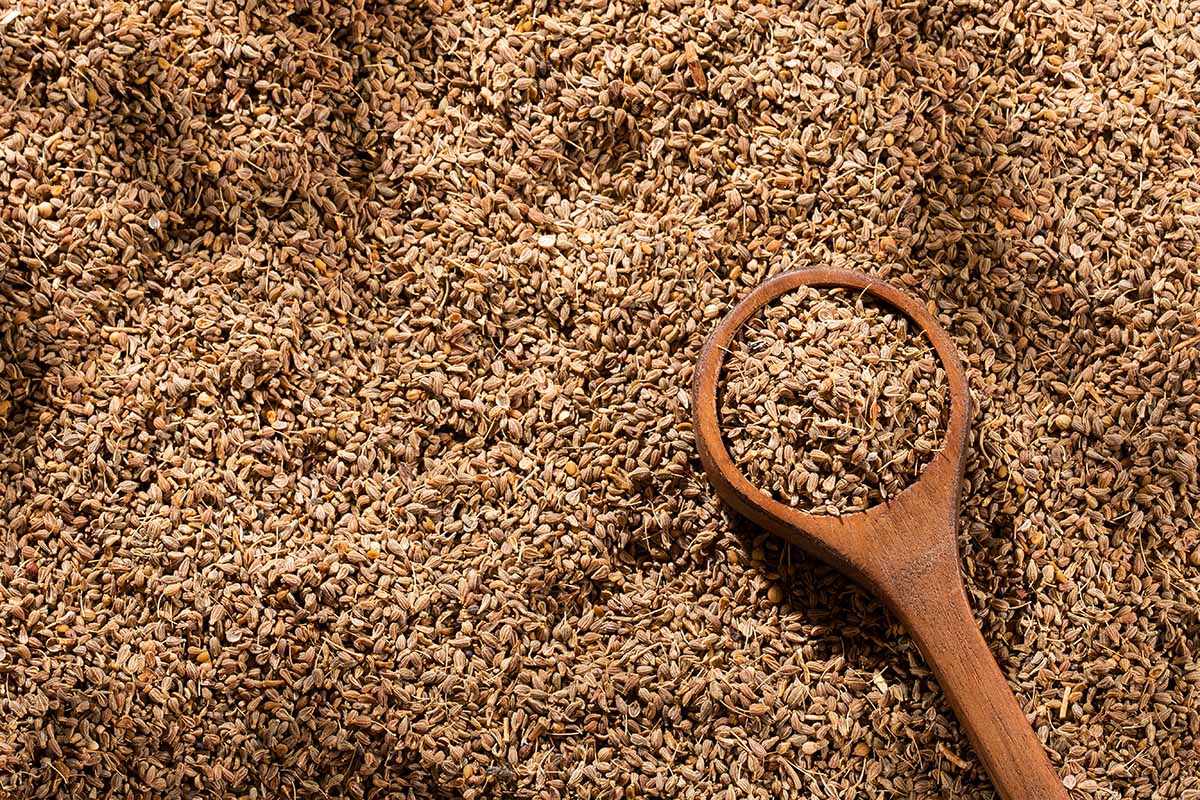
Anise is a versatile medicinal herb and it has something in store for us all. Who knew that this seed with the licorice-like taste could do so much? It’s like finding out your favorite candy can also cure your headache!
So, next time you feel out of sorts, give anise a try.
Have you tried anise as a remedy for any health issues? Share your experience in the comments below and help spread the word about this underappreciated herb!
And for more information about anise, check out these articles next:
